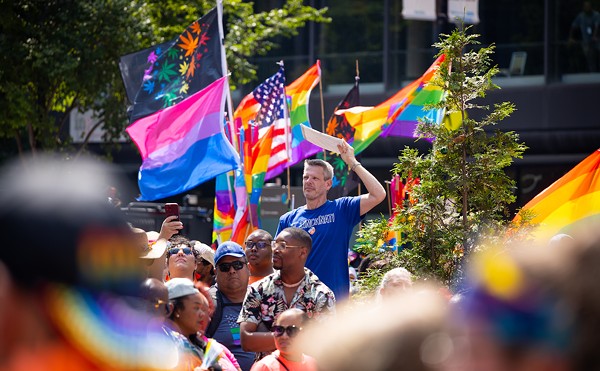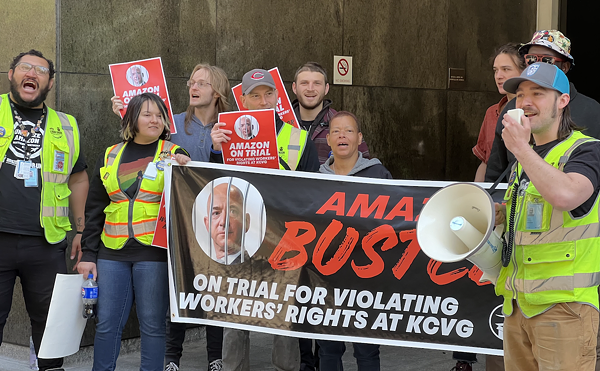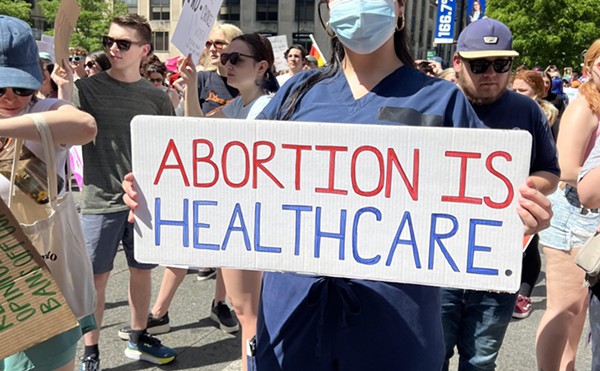Good morning all. Here’s what I have today in terms of news.
Let’s start with Cincinnati City Council, where a lot of things went down yesterday.
Perhaps one of the more interesting moments yesterday involved a brief comment by Vice Mayor David Mann, who remarked on a recently-uncovered letter regarding police body cameras City Manager Harry Black penned to State Sens. Bill Sietz and Cecil Thomas back in November. That letter implored the lawmakers to work toward amending state laws governing that footage so that it would not be public record. The letter’s content drew rebuke from Mann, Mayor John Cranley and others on Council, who said it violated the spirit of the city’s 2001 collaborative agreement that rose from the police shooting death of unarmed teen Timothy Thomas and put the city at risk of another incident like the unrest and controversy that have recently gripped Chicago. Black apologized to Council and Cranley for the letter, stating that it was drawn up by a city lobbyist and that he did not read it as carefully as he should have. Mann has asked Black to send another letter to the senators stating that the city supports full transparency when it comes to body camera footage and that it should remain public record. The issue is especially relevant because Cincinnati police will soon launch widespread use of body cameras among officers. The July 19 shooting death of unarmed black motorist Samuel DuBose in Mount Auburn by University of Cincinnati police officer Ray Tensing was captured on Tensing’s body cam, leading to murder charges for the officer.
• Also in Council news: It was one step forward, one step back for the long-running debate about a parking plan in Over-the-Rhine. Vice Mayor Mann reintroduced a plan calling for 450 of the 1,200 parking spots in the neighborhood to be permitted for residents. Most of those would go for $108 a year, but some would be set aside for low-income residents at a cost of $18 a year. Cranley vetoed that plan back in May, but Mann thought he had a sixth vote to break that veto in Councilman Charlie Winburn. Winburn approached Mann and signed a statement supporting the plan after visiting with OTR residents living on Republic Street late last year. However, Winburn balked yesterday, saying he would not go against the mayor and accusing Mann and others on Council of trying to trick him. Puzzlingly, Winburn said he thought he was signing a statement of support for parking permits restricted to residents of Republic Street. The plan again passed Council with five votes and was again promptly vetoed by Cranley. Winburn and Cranley revealed they have their own proposal in the works to offer low-income residents parking opportunities in the neighborhood.
• Cincinnati City Council yesterday also voted to commission a study on moving a series of famous mosaics that once occupied the now-demolished Union Terminal concourse to a location indoors and away from sunlight at the Cincinnati Convention Center. Currently, the 1933 Winold Reiss mosaics are at CVG Airport. But alas, the concourse they occupy is also about to be torn down. The city brokered a deal with the airport and Hamilton County to fund their $3 million move to the convention center, where the current plan is to display them in a glass-encased display on the west side of the building at an additional cost of $750,000. But some worry that exposure to sunlight through those windows could damage the artwork. There are also criticisms about the location, which is in a rarely-visited part of downtown near I-75. The study will determine costs associated with moving the murals indoors at the center.
• Low-income workers are losing ground in Cincinnati and other major cities, a new study from the Brookings Institute finds. The bottom 20 percent of wage earners in the city made just over $10,000 a year in 2014 — 3 percent less than they made the year before and a huge 25 percent less than they made in the years preceding the 2008 great recession. That’s created a big income gap in the city: The top 5 percent of earners in the city make nearly 16 times the bottom 20 percent of earners. Nationally, the gap is only 9 times greater for top earners. That makes Cincinnati the fourth-worst city in the country for wage inequity. These numbers come even as the economy continues to add jobs, suggesting that increasing employment alone won’t help working poor residents here and in other cities like Boston, where the gap is highest. New Orleans and Atlanta had the second and third highest gaps, respectively.
• Cincinnati’s Music Hall is a little bit closer to its fundraising goal for renovations currently being undertaken on the historic landmark. And by “a little bit” I mean $3 million closer after a donation from the estate of the late Patricia and J. Ralph Corbett. That’s a lot of money, but also a small piece of the renovation’s $129 million overall price tag. The gift will go toward maintaining Corbett Tower, a banquet hall on the building’s third floor. So far, fundraisers for the renovation effort have received a $10 million from the city, $25 million in Ohio historic conservation tax credits, and millions in private philanthropic dollars. Restoration is currently underway, and is expected to kick into high gear in June, when the building will close entirely until fall 2017.
• Finally, for Ohio Gov. John Kasich, tonight is the night. It’s the sixth GOP presidential primary debate. We’re just a few weeks out from the make-or-break early primaries that could sink the GOP presidential hopeful’s campaign or give him a boost into the big leagues. I picture a Kasich training montage right now, with him in some weird sweatpants and sweatshirt combo jumping rope, shadow boxing, running up some stairs somewhere in South Carolina pre-debate and listening to “Eye of the Tiger” on repeat. He’ll need a strong performance against frontrunner Donald Trump and U.S. Sen. Ted Cruz, who has been rising in the polls of late. Kasich has had his own rise recently as well, of course, tying with Cruz for second in many polls of GOP voters in New Hampshire. Kasich has set his sights on that early primary state, which goes to the polls Feb. 9, as his big proving ground. But he’ll need to do well tonight to do well there, and so the pressure is on.





